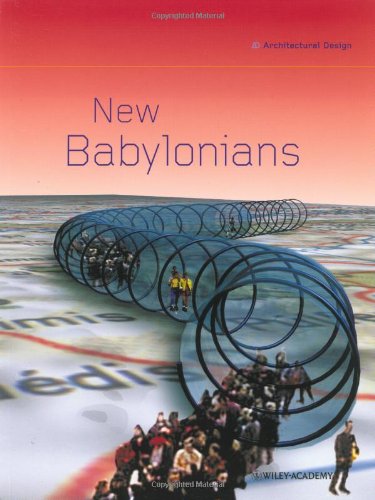The Situationist City download
Par moore elena le dimanche, octobre 11 2015, 22:56 - Lien permanent
The Situationist City. Simon Sadler

The.Situationist.City.pdf
ISBN: 0262193922,9780585028286 | 352 pages | 9 Mb

The Situationist City Simon Sadler
Publisher:
The Situationist movement emerged as a critique of capitalism in 1957 and played a key role in the May 1968 uprising in Paris. The pamphet, it was revealed, could just as easily be interpreted as a joke instead of as an actual serious statement. �Cities have a psychogeographical relief, with constant currents, fixed points and vortexes which strongly discourage entry into or exit from certain zones.” [6]. �The benign professionalism of architecture and design had, in their opinion [situationists], led to a sterilization of the world that threatened to wipe out any sense of spontaneity and playfulness. Christopher Collier (University of Essex) and Joanna Figiel (City University London), 'The Recombinant Dérive – The Situationist International, biopolitics and the neoliberal dérèglement de tous les sens'. The dérive was a course of preparation, reconnaissance, a means of shaping situationist psychology among urban explorers for the eventuality of the situationist city. SI member and utopian architect Constant's model of Yellow Sector, from Internationale Situationniste no.4, June 1960, shows the hanging Situationist city where play and residence are united. The city would become a giant playground, its quarters acting as stations for a perpetual Revolutionary Festival. Apparently the Dutch situationist Constant had (co-)written a pamphlet fifty years earlier about his ideal city. Huizinga's (1938/1986) Homo Ludens was another profound influence on the Situationists (e.g., on Constant's utopian plans for mutable buildings, for cities that would be shaped by the spontaneous and collective desires of their citizens). In fact, I would argue that this definition of Open Source Urbanism dates back to the Situationist city of Unitary Urbanism, where urban dynamics would no longer be driven by bureaucracy and capitalism but by participation. According to Simon Sadler, author of "The Situationist City," the Situationists argued that professional architecture had led to "a sterilization of the world that threatened to wipe out any sense of spontaneity or playfulness. It is an interesting idea to think about maps as both a tool to navigate the city as well as a tool to represent a particular experience in that city. (from the amazon blurb: "Simon Sadler searches for the Situationist City among the detritus of tracts, manifestos, and works of art that the SI left behind. New Babylon - the situationist city/utopia – taking the best parts and ideas of the globe and putting/patterning them together. The latest addition to Mark Shepherd's Sentient City Survival Kit packages up the best lessons of the Situationists into a handy psychogeographical iPhone App. 130606_Situationist City The Situationist City. The book is divided into three parts. The situationists hoped that architecture would ”revolutionize everday life, release the ordinary citizen into world of experiment, anarchy and play”. The Situationist City Simon Sadler MIT Press, 1998.
Basic Cost Engineering ebook
Reinforced concrete: design theory and examples epub